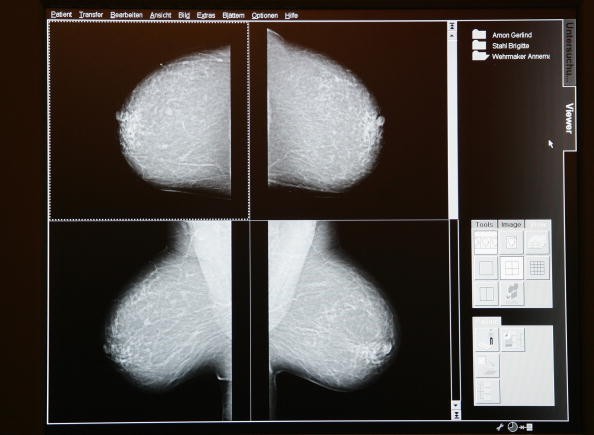
The number of cases of breast cancer in American women will increase by 50% by 2030. There were 283,000 cases diagnosed in 2011 and, in 15 years that number is expected to be around 441,000, according to researchers at the National Cancer Institute.
Philip Rosenberg, a senior investigator with the NCI, which is one of the National Institutes of Health, said that there are three main reasons for this increase. By 2030, there will be an increased number of aging female Baby Boomers; women will be living longer lives, which means that they will have more years in which to develop breast cancer; and there will be a rise in the number of tumors that are the type that is receptive to the hormone estrogen, a rise that is probably due to lifestyle issues. By 2030, women who are over age 70 will make up a larger portion of women who have breast cancer.
The silver lining to this cloud is that tumors that are receptive to estrogen, called ER-positive tumors, are much easier to treat than those that are not receptive to estrogen, the ER-negative tumors. The number of ER-negative tumors is expected to drop by 2030, Rosenberg is reporting. ER-negative tumors are 17% of all breast tumors now and are expected to decline to about 9%, but the reason for this expected decline is not known. The proportion of all tumors that are ER-positive has been growing for reasons that include obesity, lack of exercise, and exposure to hormones such as birth control pills and hormone replacement therapy.
Rosenberg said that one in eight women in the United States can expect to develop breast cancer sometime during her lifetime.
Rosenberg is delivering these findings at the annual meeting of the American Association for Cancer Research this week. The research by him and his team is based on government data of breast cancer rates, population growth estimates, and mathematical models.



